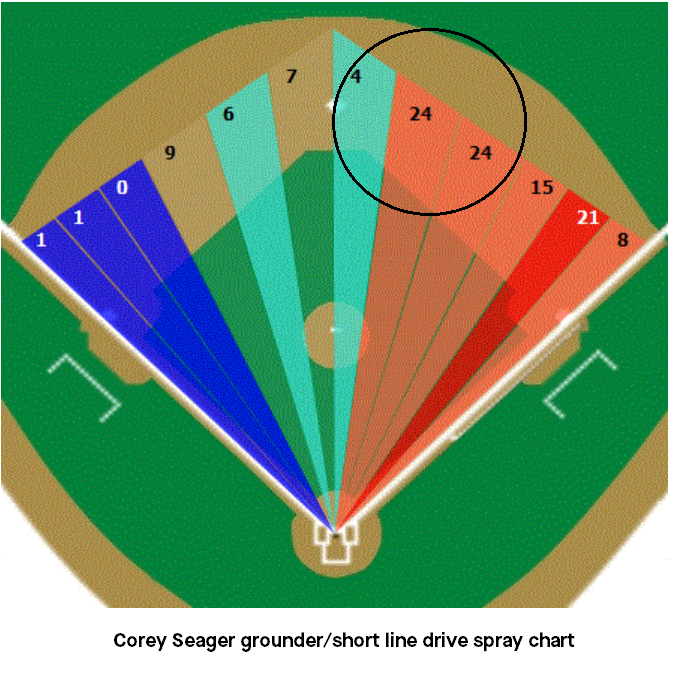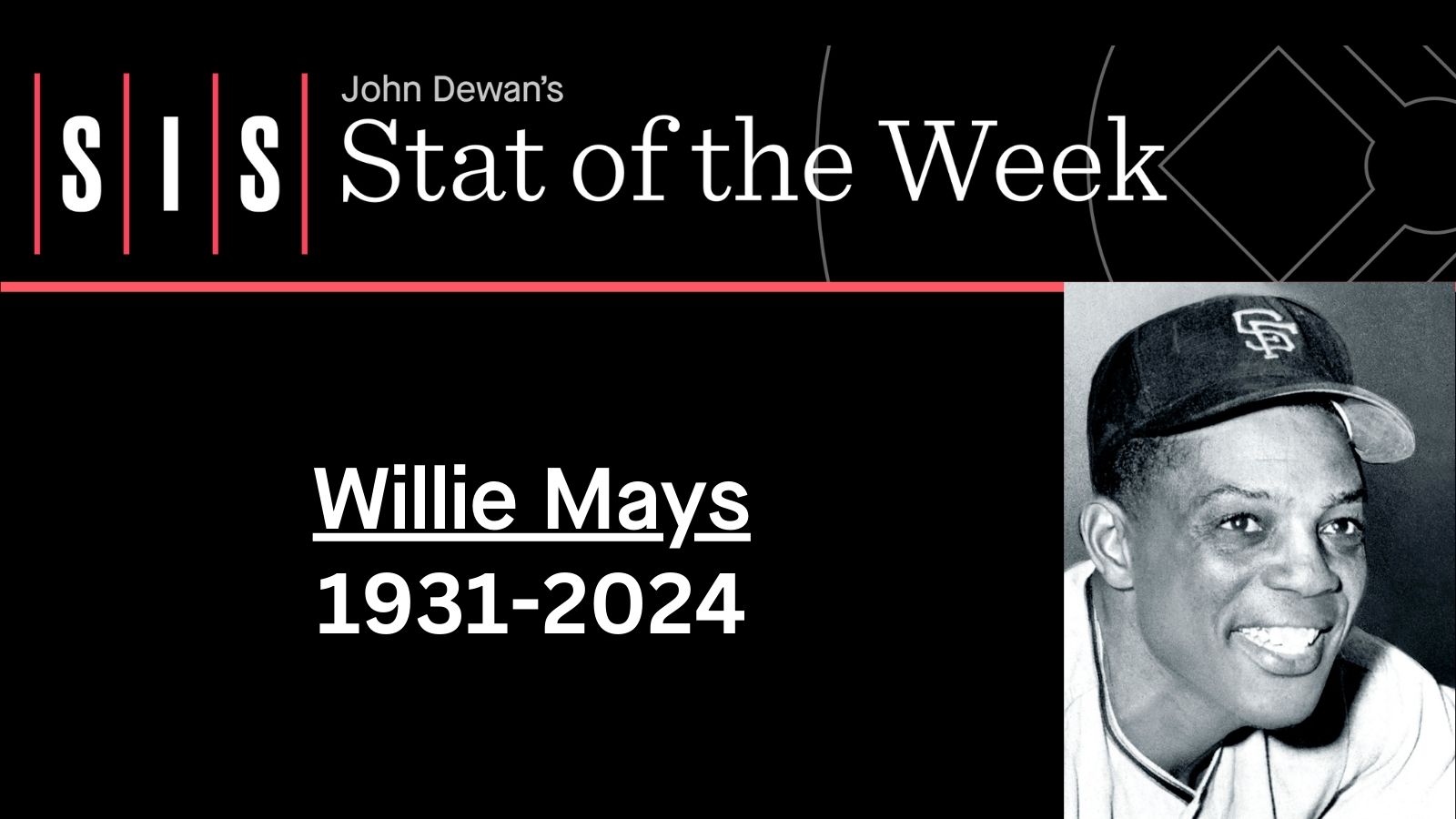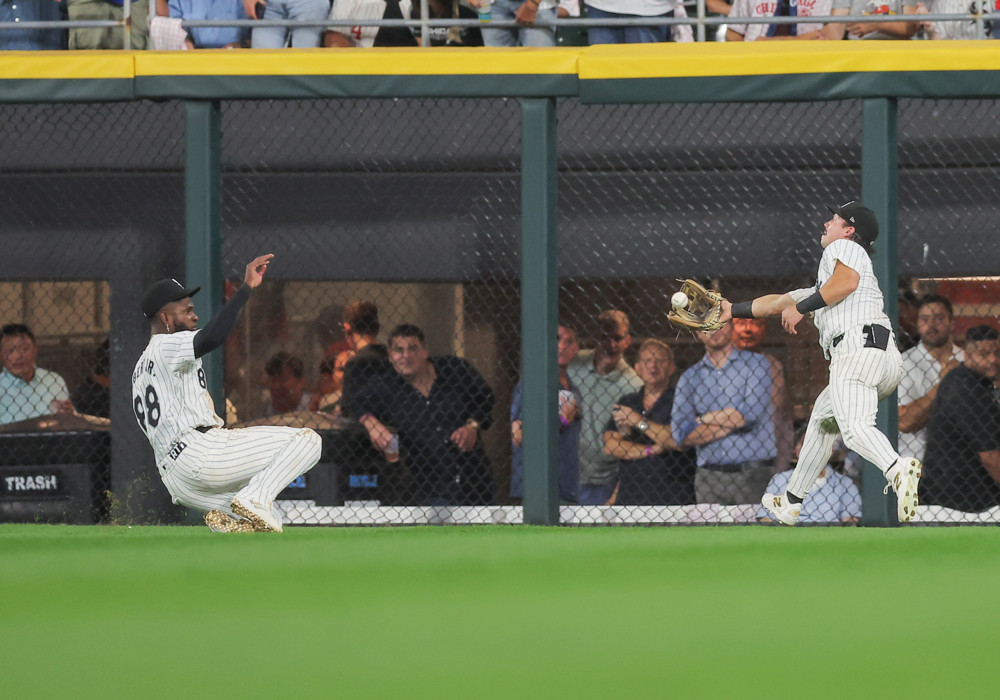Rangers shortstop Corey Seager may have been the happiest player in baseball last Thursday when MLB announced rule changes that included the banning of full defensive shifts (shifts in which 3 infielders played on the pull side).
Seager enters the week hitting .248 with a .779 OPS. Those are good numbers but they’re a little disappointing given Seager’s 2020 and 2021, in which he hit a combined .306 with a .926 OPS for the Dodgers.
Seager parlayed those seasons into a huge contract with the Rangers, where he hasn’t quite replicated those stats.
The culprit: Repeatedly hitting the ball into full-fledged defensive shifts.
Seager has hit 175 groundballs and what we categorize as short line drives into full shifts this season. On those balls, he’s hitting .158.
By our accounting for this season, Seager has a net loss of 25 hits from full shifts when comparing that to how he would have fared if a team used any other defensive alignment against him.
Below is Seager’s spray chart of ground balls and what we call short line drives that he hit last season. On those 52 balls in the area indicated by the black circle, Seager went a combined 5-for-52, as he often hit them with two defenders in the immediate area.

Next season, with teams playing under rules forbidding three infielders on the pull side, Seager should have more room to work with when he hits a groundball (though the possibility exists for teams to do something radical, but we don’t know at this point) .
So how did we get that 25 for Seager?
Calculation
For the purposes of evaluating shift performance, we track teams using two other defensive alignments, traditional straight-up defenses and partial shifts.
Partial shifts are those in which two infielders are on each side of second base, but at least two move considerably from traditional positioning. An example would be an alignment in which the shortstop played adjacent to second base but did not come across it, while the third baseman moved to the traditional shortstop spot.
Partial shifts will still be permitted under 2023 rules and it’s worth noting that a partial shift is only slightly more effective than a straight-up defense at turning a ground ball & bunt into an out.
Out Rate on Grounders & Bunts – 2022 Season
| Alignment | Grounder/Bunt Out Rate |
| Straight-Up | 72.4% |
| Partial Shift | 74.0% |
| Full Shift | 77.1% |
As for how we get Seager’s number:
For each grounder/short liner hit for an out against a shift, we calculate the change in the probability of it becoming a hit against the combination of the other two defensive alignments. So if a batter hits a groundball up the middle for an out, but the hit probability for that ball was 75% against an unshifted/partial-shifted defense. The batter gets credit for losing 0.75 hits.
We then do the reverse for grounders/short liners on which a hit was recorded. If the out probability was 75% against an unshifted/partial-shifted defense, the batter gets credited with gaining 0.75 hits.
Then we sum the hits and outs gained and come up with a net differential. In sum, Seager has lost 39 hits to full shifts and gained 14 hits against them. The net total is a deficit of 25 hits.
If Seager had 25 more hits this season, he’d have similar numbers to those of 2020 and 2021. He’d be hitting close to .300.
Seager isn’t the only one who should benefit, though at least for this season, he’d have been its greatest beneficiary. You can see the list of hitters who have lost the most hits to full shifts this season below.
Most Net Hits Lost to Full Shifts in 2022
Compared To if Straight-Up/Partial Shift Used
| Player | Team | Net Hits Lost |
| Corey Seager | Rangers | 25 |
| Yordan Alvarez | Astros | 15 |
| Kyle Schwarber | Phillies | 15 |
| Rowdy Tellez | Brewers | 15 |
| Carlos Santana | Royals/Mariners | 14 |
| Charlie Blackmon | Rockies | 14 |
| Kyle Tucker | Astros | 13 |
| Ketel Marte | Diamondbacks | 12 |
| Mike Yastrzemski | Giants | 12 |
| Josh Naylor | Guardians | 10 |
| Jorge Soler | Marlins | 10 |
| Alex Bregman | Astros | 10 |
| Ian Happ | Cubs | 9 |
| Tyrone Taylor | Brewers | 9 |
| Jeimer Candelario | Tigers | 9 |
| MJ Melendez | Royals | 9 |
| Jesus Sanchez | Marlins | 9 |
| Dylan Carlson | Cardinals | 9 |


